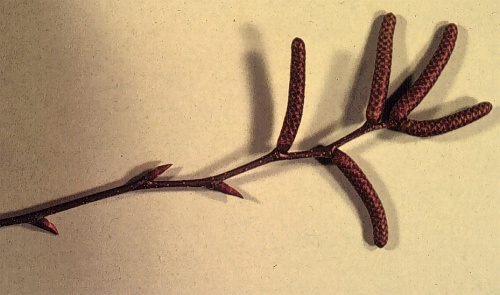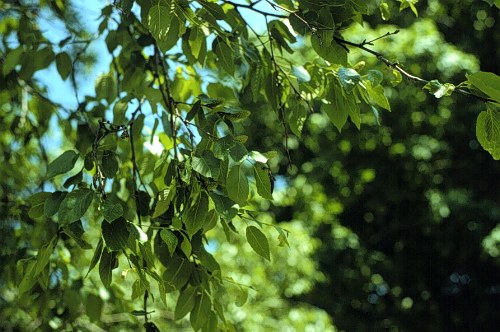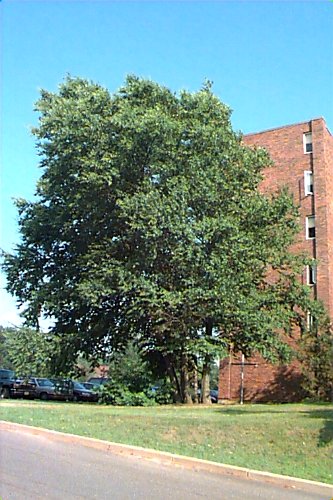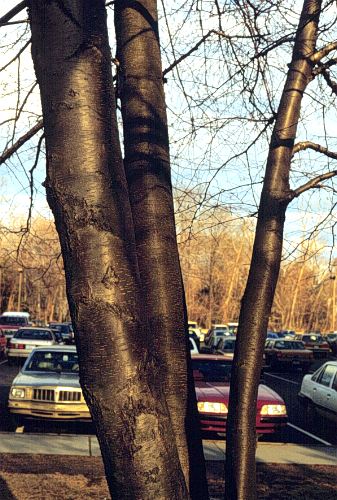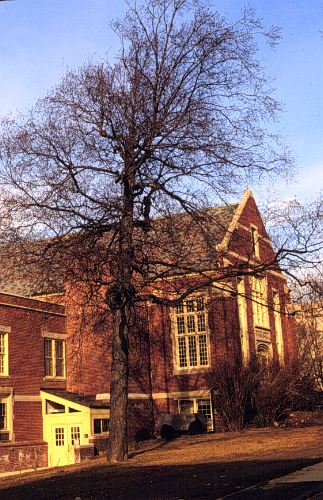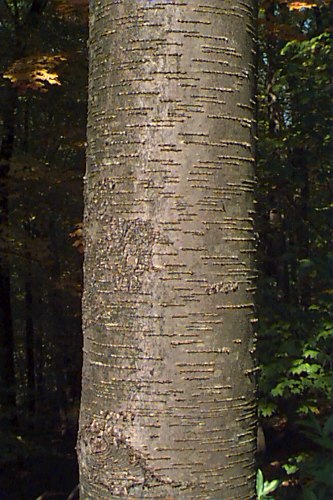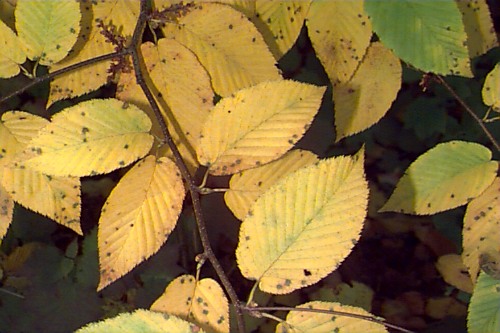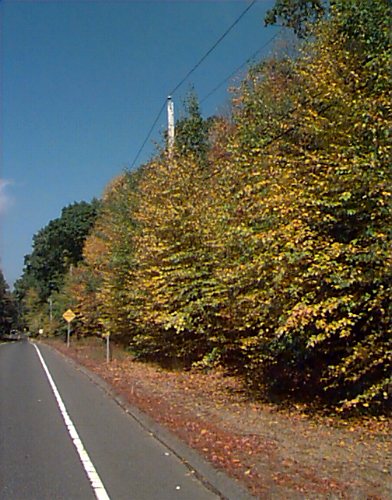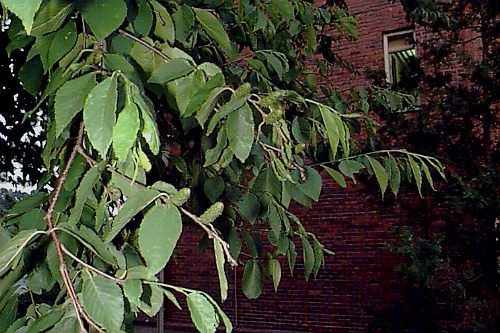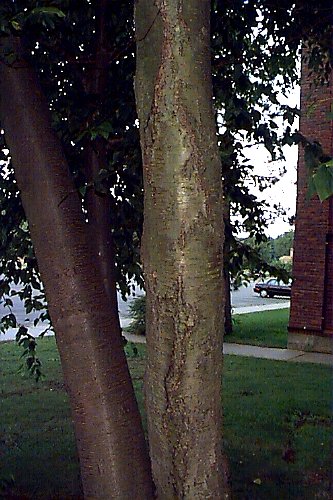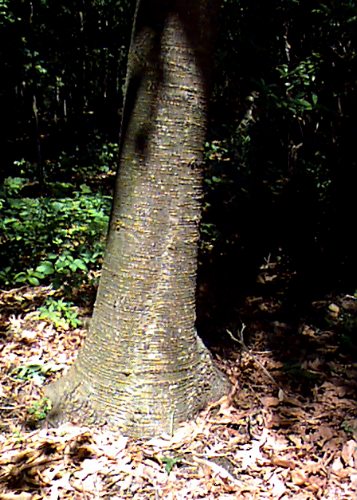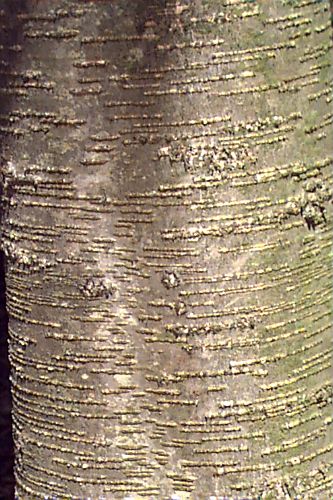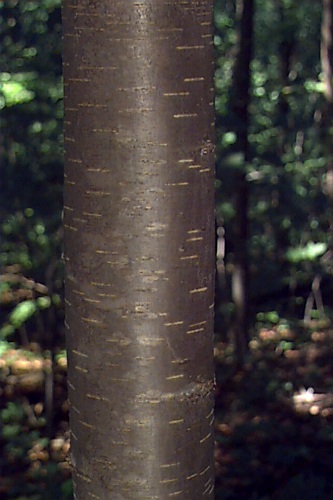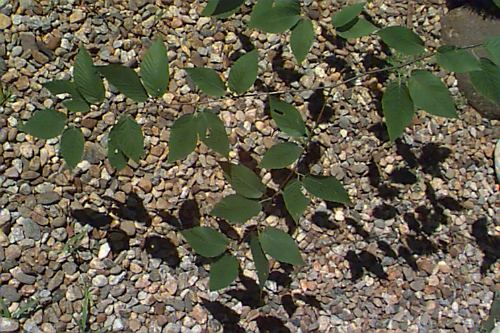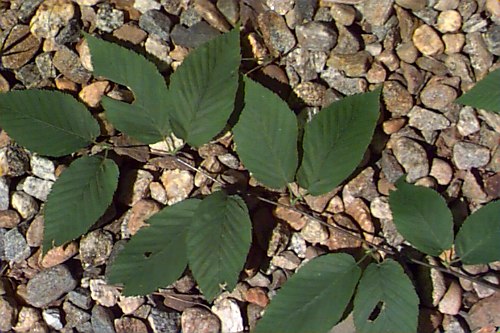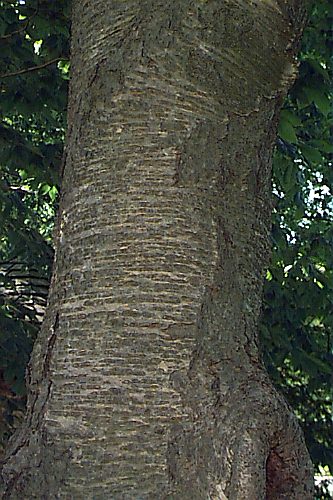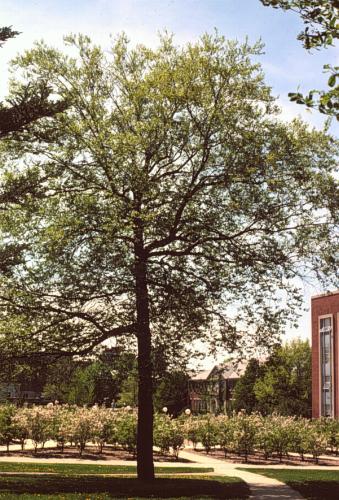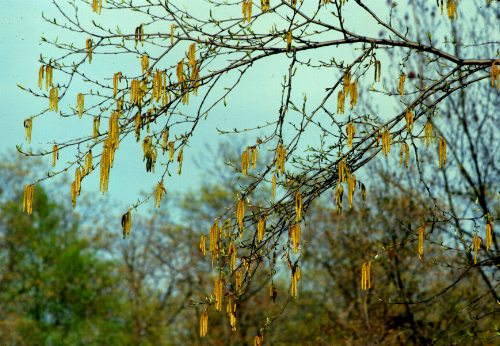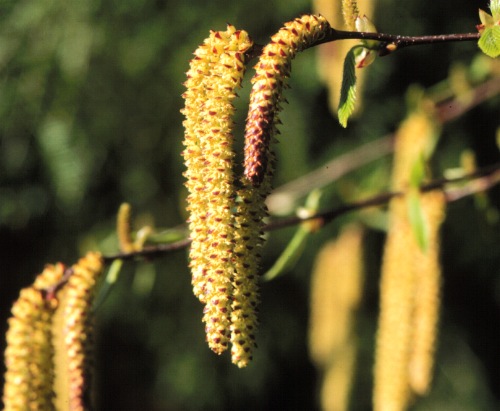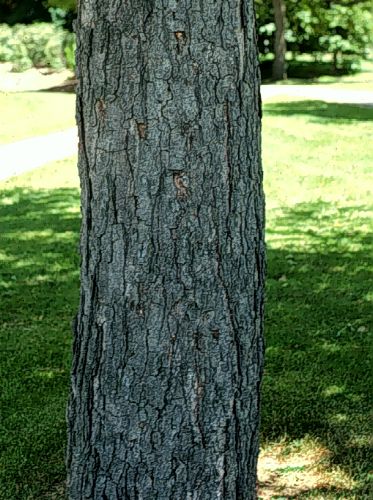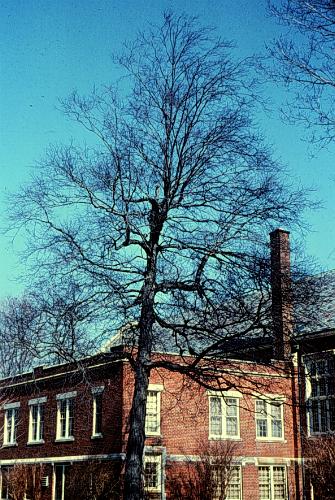Betula lenta
Sweet Birch, Black Birch
Betulaceae
ExpandHabitat
- native to eastern North America; also found in cooler areas in the mountains of Georgia and the Southwest
- zone 3
Habit and Form
- medium shade tree
- deciduous
- pyramidal and dense when young, developing a broad, round, spreading crown when mature
- 40' to 55' in the landscape; 70' to 80' tall in the wild
- medium texture
Summer Foliage
- alternate, simple leaves, 2.5" to 6" long by 1-1.5" to 3-3.5" wide
- broad, ovate leaves with cordate base
- shiny green above, paler below
Autumn Foliage
- reliable, uniform golden yellow color
- one of the best of the commonly grown birches
Flowers
- blooms in April
- monoecious: male catkins 2" to 3" long in bloom, in groups of 4(3-8); female catkins 1"
Fruit
- tiny winged nutlets (nearly 1 million per pound)
Bark
- young bark reddish-brown to black, with large horizontal lenticels; older bark black, plate-like
Culture
- best on deep, rich, moist, acidic soils, but can also be found on rocky, drier sites and heavy soil
- resistant to bronze birch borer
- best in full sun; tolerates light shade
Landscape Use
- shade tree for parks, naturalized areas, other large sites
Liabilities
- canker; can have a number of other insect and disease problems common to birch, most not problematic
- not a white-barked birch
ID Features
- bruised twigs have wintergreen odor; but taste sweet (B. alleghaniensis tastes bitter)
- slender catkins, usually in 4's (B. alleghaniensis catkins are larger and usually in groups of 5 or more)
- bark reddish-brown when young (B. alleghaniensis has yellow-brown bark)
- older bark black, not exfoliating like B. alleghaniensis
- twigs glabrous (B. alleghaniensis slightly pubescent)
Propagation
- by seed
Cultivars/Varieties
- None
